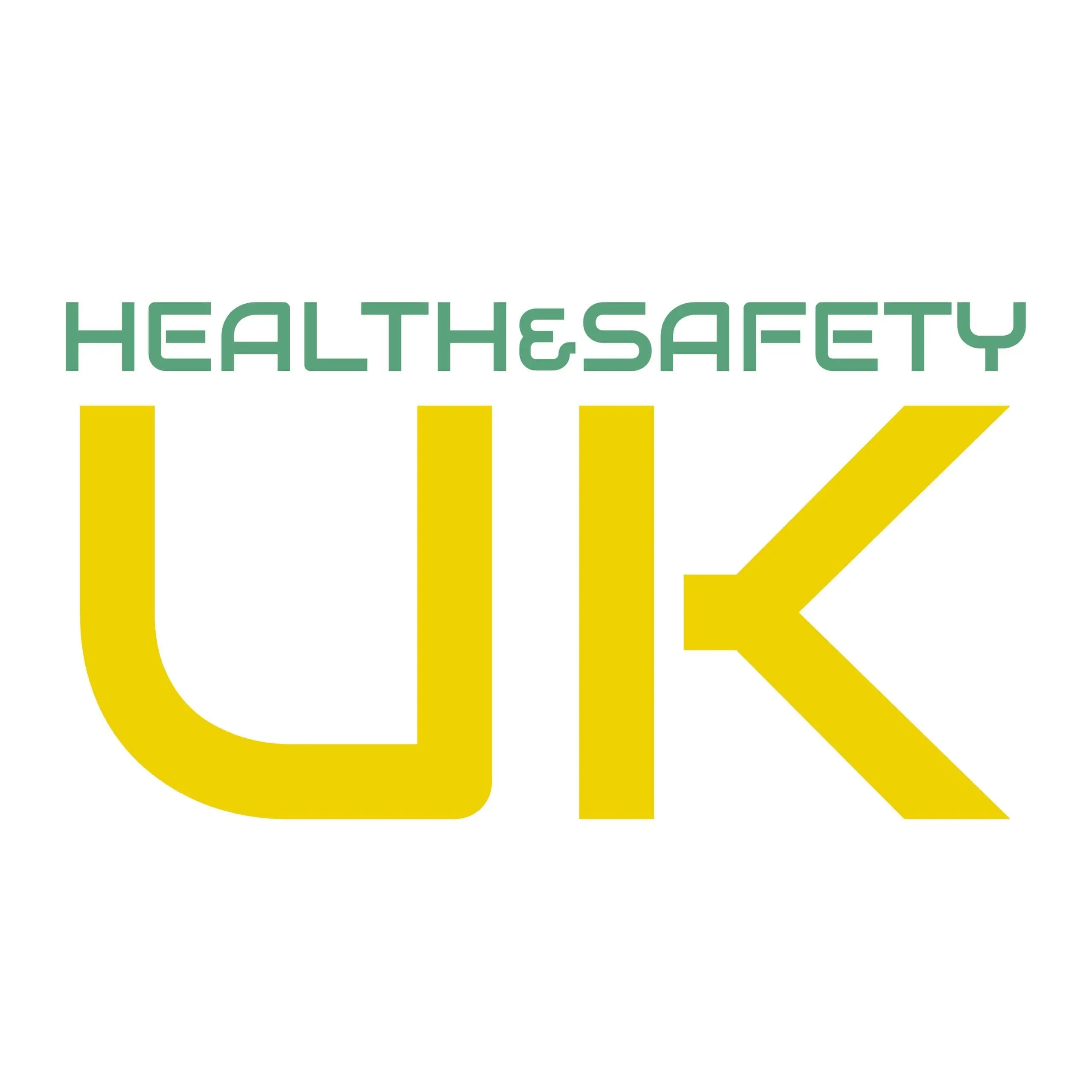Why do I need this document?
A Drug and Alcohol Management Policy is a crucial document that outlines guidelines and procedures for managing and mitigating the risks associated with drug and alcohol use within an organisation. This policy is essential to ensure a safe, healthy, and productive working environment. Here are the reasons why having a Drug and Alcohol Management Policy is important:
1. Workplace Safety: The primary focus of the policy is to prioritise the safety and protection of all employees. This includes implementing measures to prevent accidents, injuries, and incidents caused by impairment due to drugs or alcohol.
2. Regulatory Compliance: The policy ensures compliance with relevant laws and regulations regarding drug and alcohol use in the workplace. Adhering to these standards helps to avoid legal penalties and ensures the organisation meets national safety requirements.
3. Risk Management: The policy helps to identify potential risks related to drug and alcohol use and implement appropriate measures to mitigate these risks. Proactively addressing these concerns reduces the likelihood of incidents and enhances overall workplace safety.
4. Health and Well-being: The policy promotes the health and well-being of employees by discouraging substance abuse and providing support for those struggling with addiction. A healthy workforce is more productive and engaged.
5. Training and Awareness: The policy should emphasise the importance of training and awareness for all employees. Regular training on the dangers of drug and alcohol use, recognising signs of impairment, and understanding the policy ensures staff are well-informed and vigilant.
6. Testing and Monitoring: The policy should include guidelines for drug and alcohol testing, including pre-employment screening, random testing, and testing after incidents. Monitoring helps to deter substance abuse and identify employees who may need assistance.
7. Support and Rehabilitation: The policy should provide information on support services and rehabilitation programmes for employees struggling with substance abuse. Offering assistance encourages employees to seek help and fosters a supportive work environment.
8. Employee Conduct: The policy should establish clear rules regarding the use of drugs and alcohol in the workplace. This includes prohibiting the possession, use, or distribution of illegal substances and regulating the use of prescription medications that may impair performance.
9. Incident Reporting: The policy should establish procedures for reporting and investigating incidents related to drug and alcohol use. Prompt reporting and thorough investigations help to identify issues and implement corrective actions to prevent recurrence.
10. Communication and Information: The policy should ensure that employees are informed about the guidelines and procedures related to drug and alcohol management. Providing clear instructions and information enhances awareness and cooperation in maintaining a safe work environment.
11. Confidentiality: The policy should outline measures to ensure confidentiality in handling cases of drug and alcohol use. Protecting employee privacy encourages openness and trust in the process.
12. Monitoring and Evaluation: The policy should establish procedures for monitoring and evaluating the effectiveness of drug and alcohol management measures. Regular reviews and updates ensure that the policy remains effective and relevant in addressing workplace challenges related to substance abuse.
A well-structured Drug and Alcohol Management Policy is crucial for organisations, as it ensures the safety, health, and well-being of all employees. By establishing clear guidelines and expectations, the policy contributes to a secure, productive, and supportive working environment. The policy should be regularly reviewed and updated to ensure it remains relevant and effective in managing risks associated with drug and alcohol use.
Industries:
1. Manufacturing
2. Finance and Banking
3. Technology
4. Healthcare and Pharmaceuticals
5. Energy
6. Construction
7. Retail and Consumer Goods
8. Transportation and Logistics
9. Tourism and Hospitality
10. Agriculture and Food Production
11. Creative Industries
12. Education
13. Mining and Quarrying
14. Professional Services
15. Public Sector












Reviews
There are no reviews yet.